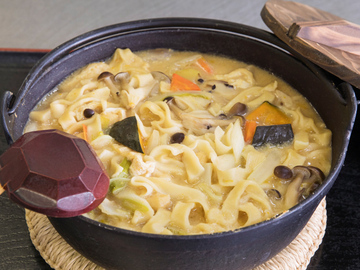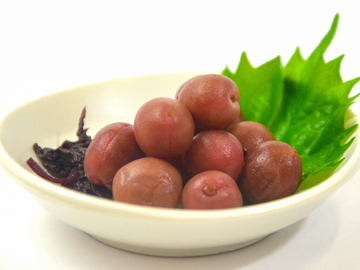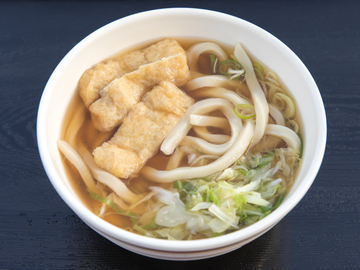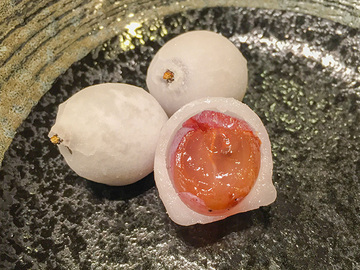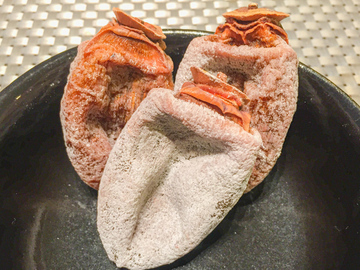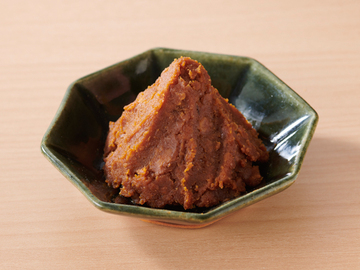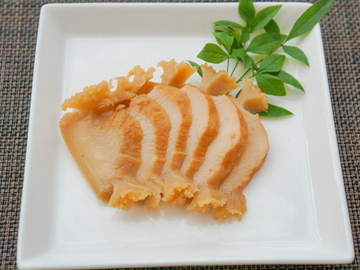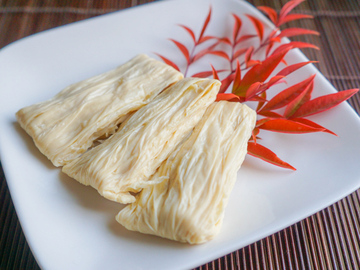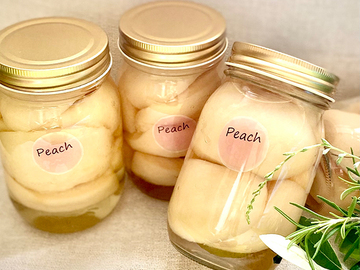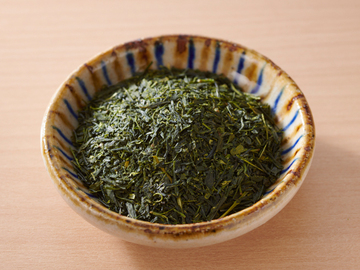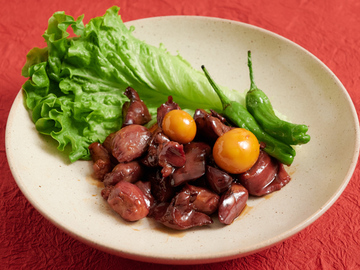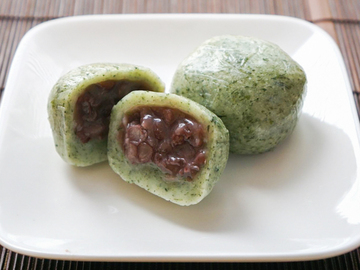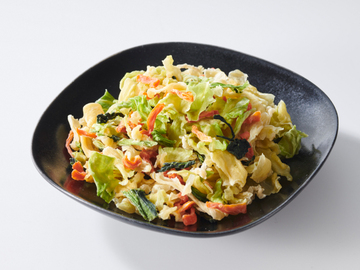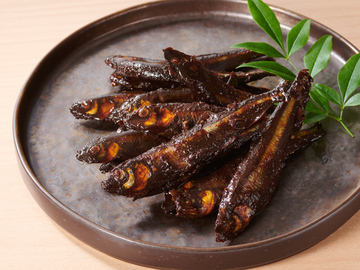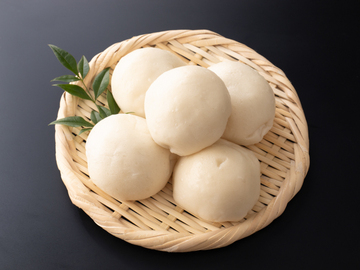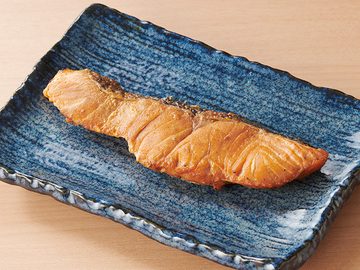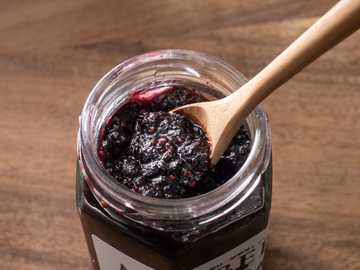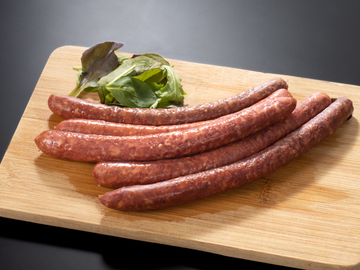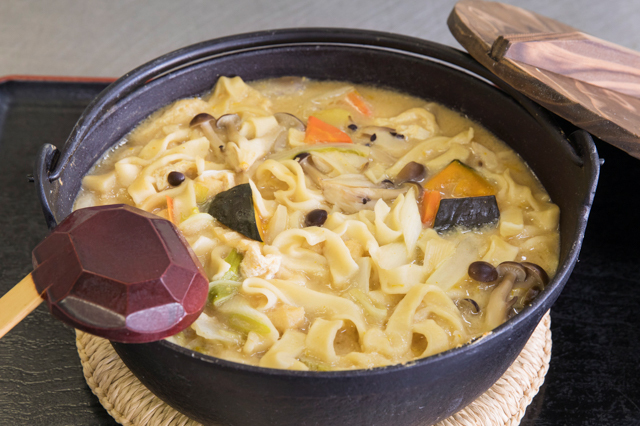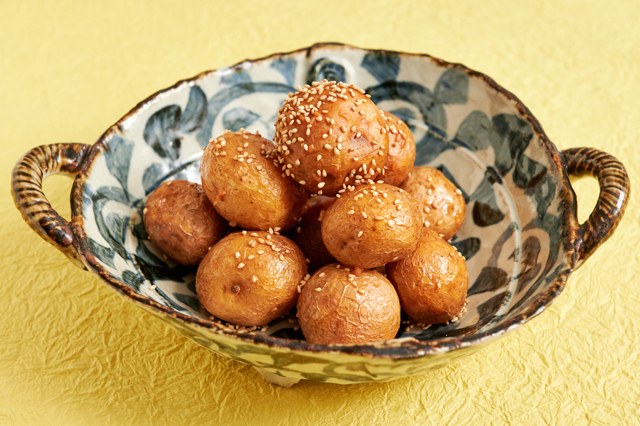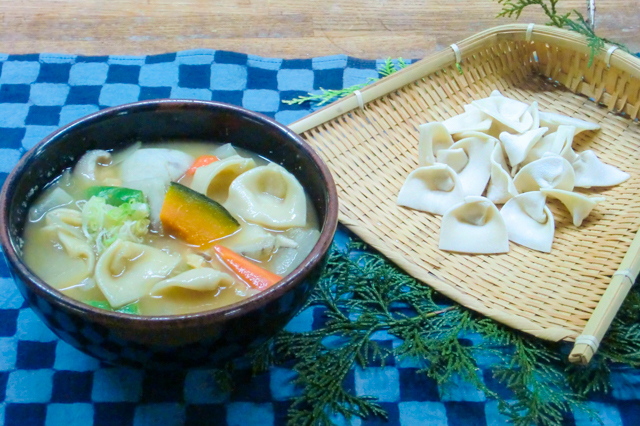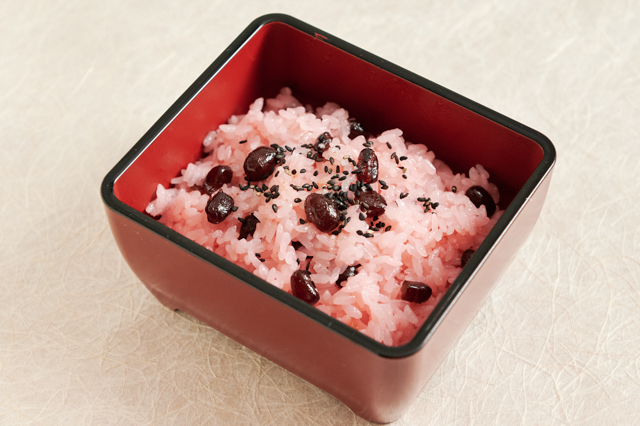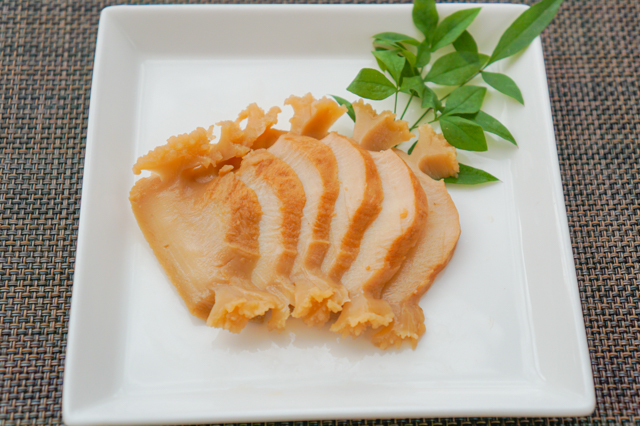Yamanashi

Food Culture of Kai Province (Yamanashi Prefecture) Born from the Koshu Kaido Route and Fuji River Boat Transport
Yamanashi Prefecture sits right in the heart of Honshu. It is surrounded by mountains, with the Southern Japanese Alps stretching north to south in the western part, and the Kanto Mountains rising to the northeast in the northern section. To the southeast is Mt. Fuji, which was registered as a World Cultural Heritage Site in 2013. And to the northwest, Mt. Yatsugatake stretches out its broad base as if facing Mt. Fuji. From there, three class-A river systems—the Fuji River system, the Sagami River system, and the Tama River system—flow down into Suruga and Sagami Bays.
Thanks to its mountainous terrain, the region is dotted with beautiful scenic spots such as Shosenkyo Gorge in Kofu City and Nishizawa Valley in Yamanashi City. And due to the inland climate, there is a large daily temperature difference and little annual precipitation. In addition, the annual hours of sunshine are longer than in other prefectures. These natural conditions are ideal for fruit cultivation, so the prefecture produces a wide variety of fruits, including cherries, persimmons, apples, and plums.
The foundations of Yamanashi’s “fruit kingdom” seems to have been laid when it was known as Kai Province, during the time of the Ritsuryo system. Indeed, records from the Edo era contain the expression “Kai Hacchinka (Eight Fruits of Kai).” This is a collective term for the grapes, pears, peaches, persimmons, chestnuts, apples, pomegranates, and walnuts (or gingko nuts, according to one theory) Kai Province was famous for growing.
Flour products have also played a part in Yamanashi Prefecture’s food culture. In the Kamakura era, samurai and monks began to use flour milling equipment. Then later, in the Edo era, water mills were built in villages, making a stable supply of flour possible. The power sources for the water mills were streams running down slopes. In fact during the Meiji era, more than 3,000 water wheels were operating in the prefecture. In other words, the development of flour milling equipment and the spread of water mills fostered a culture of eating products made from flour.

Traditional Foods in Yamanashi

Our Regional Cuisines
in Yamanashi
This is a list of Yamanashi prefecture's local dishes
introduced in "Our Regional Cuisines."
*Clicking on the image will take you to "Our Regional Cuisines."

